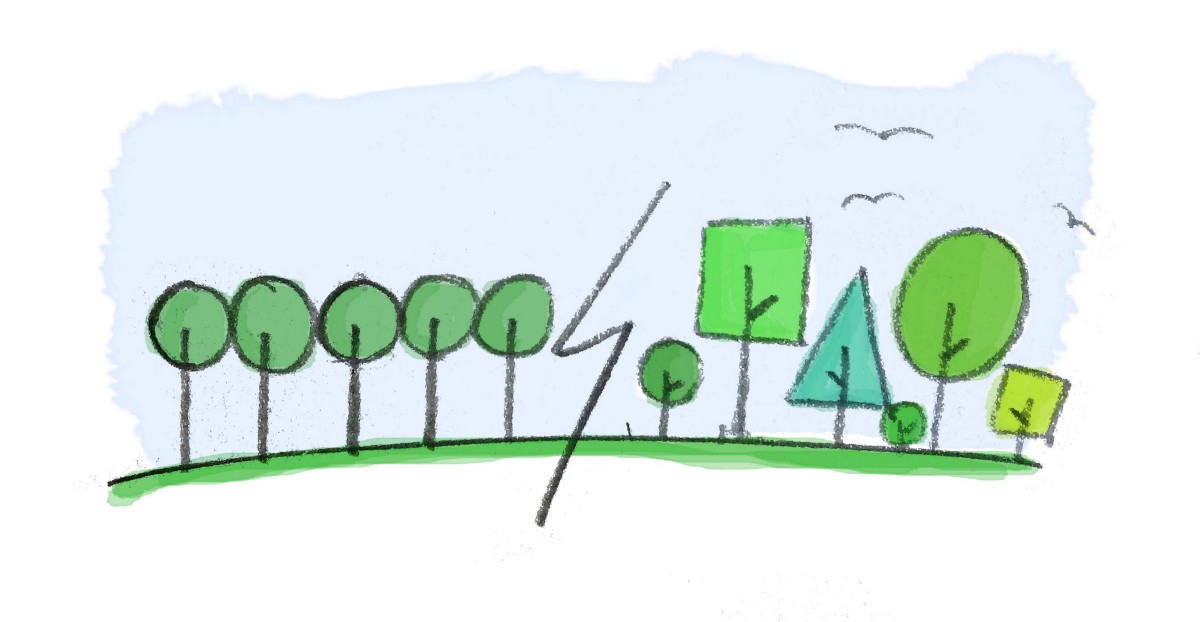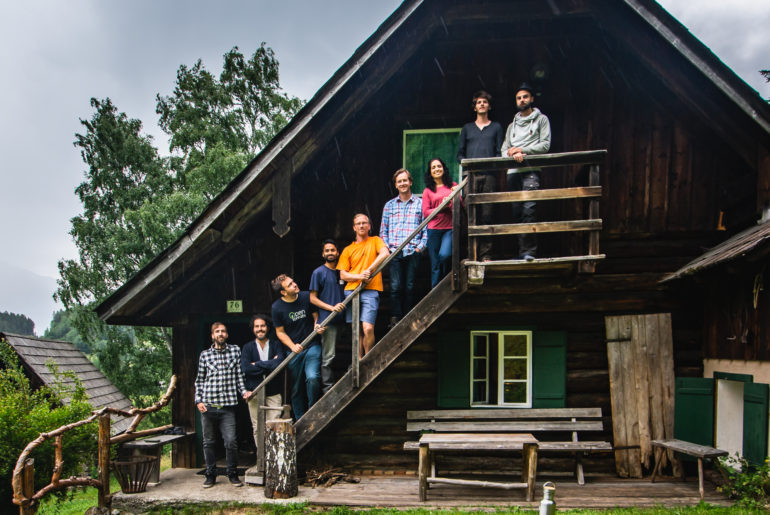Where to draw the line?
The debate goes on. What is sustainable and what is unsustainable forest management practice?
It already starts with the definition of sustainability which has various concepts and is still in progress. As an introduction to this debate, I found the concept of Weak and Strong Sustainability very enlightening.
Following Ott & Döring (2004) and their Constant Natural Capital Rule: in a strong sustainable forest resources management, forest ecosystems have to be treated in a way, that their qualitative and quantitative characteristics remain constant for generations to come.
Whereas in a weak sustainable resources management wooden forest products could be replaced by other materials such as plastic, and carbon emissions, due to deforestation of natural forests, can be substituted by carbon credits from forest monoculture.
The reality is not just black or white, not conventional or sustainable. There are many shades of gray in-between. It is not our intention to blame conventional forestry practice. The goal of this short article is to open the space for discussion on the basis of a joint terminology.
We have listed some contrary terms. On the left side, you find the term that describes conventional or weak sustainable forest management and on the right side the term that describes a strong sustainable forest resources management.
Social
- Replacement of traditional land use models by industrial models vs.inclusion of traditional land use models
- Competitive vs. collaborative
- Buying land vs. leasing land
- Hiring work labor vs. benefit sharing
Ecological
- Even aged monoculture vs. species and age diverse forests
- Focus on few foreign species vs. focus on marketable native tree species
- Few clones vs. locally adapted species with a broader gene pool.
- Extensive use of pesticides vs. avoidance of pesticides
- Use of mineral fertilizers vs. use of organic fertilizers
- Little conservation area vs. high percentage of conservation area
- Mechanization vs. biological rationalization
Economic
- Profit maximization vs. optimization of all success dimensions
- Focus on timber production vs. multiple products (timber, non-timber forest products)
- Focus on international high-profit markets vs. focus on local > regional > international markets
- Low-value commodity timbers vs. high-value specialty timbers
- Standardized management vs. demand-oriented management
- Low complexity vs. high complexity
We have to decide which path we want to take. The simple one is not always the best.




